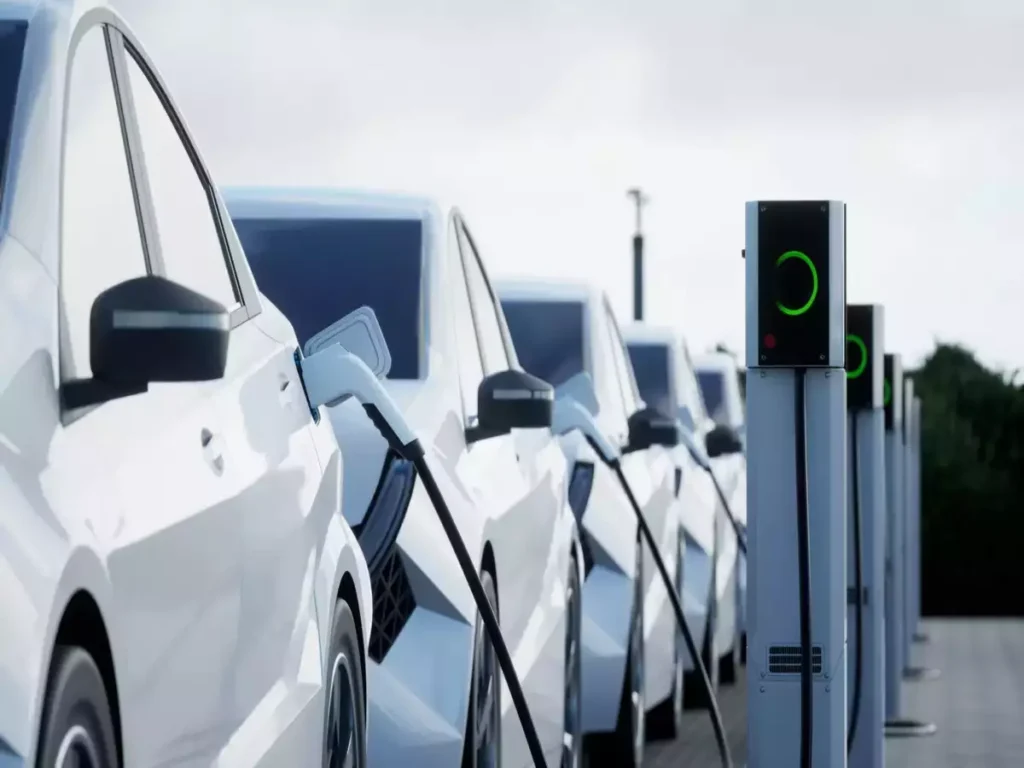India’s path towards sustainable transport has been marked by a significant milestone in the shape of effective roll-out of the Faster Adoption and Manufacturing of (Hybrid &) Electric Vehicles in India (FAME India) Scheme Phase-II. Rolled out on April 1, 2019, with a huge budget of ₹11,500 crore, the five-year plan has been among the most potent promoters of electric mobility in the nation.
Electrifying Numbers: A Snapshot of Progress
As of December 31, 2024, the FAME India Scheme Phase-II has extended its support to a remarkable number of electric vehicles (EVs) across various segments:
| EV Segment | Number of EVs Supported |
|---|---|
| Two-Wheelers | 1,428,009 |
| Three-Wheelers | 164,180 |
| Four-Wheelers | 22,548 |
| Total | 1,614,737 |
This impressive adoption underscores the nation’s commitment to reducing its carbon footprint and embracing cleaner modes of transportation.
Comprehensive Strategies Fueling the EV Ecosystem
The Ministry of Heavy Industries (MHI) has rolled out several strategic initiatives to bolster the EV ecosystem and accelerate the transition to electric mobility:
- Production Linked Incentive (PLI) Scheme for Automobile and Auto Component Industry (PLI-Auto): Approved on September 23, 2021, with a budget of ₹25,938 crore, this scheme aims to enhance India’s manufacturing capabilities for advanced automotive technology products. It offers financial incentives to promote domestic manufacturing with a minimum of 50% Domestic Value Addition (DVA) and seeks to attract investments across the automotive value chain.
- PLI Scheme for Advanced Chemistry Cell (ACC): Sanctioned on May 12, 2021, with an outlay of ₹18,100 crore, this initiative focuses on establishing a competitive domestic manufacturing ecosystem for 50 GWh of ACC batteries, crucial for the EV industry’s growth.
- PM Electric Drive Revolution in Innovative Vehicle Enhancement (PM E-DRIVE) Scheme: Notified on September 29, 2024, with a budget of ₹10,900 crore, this two-year scheme supports a wide range of electric vehicles, including two-wheelers, three-wheelers, trucks, buses, ambulances, and public charging stations. It also emphasizes upgrading testing agencies to ensure safety and performance standards.
- PM e-Bus Sewa-Payment Security Mechanism (PSM) Scheme: Rolled out on October 28, 2024, with an amount of ₹3,435.33 crore, the scheme will put on duty more than 38,000 electric buses across the country. It guarantees payment to e-bus operators in the event of default by Public Transport Authorities (PTAs), making the running of e-buses financially viable.
- Scheme for Promotion of Manufacturing of Electric Passenger Cars in India (SPMEPCI): Launched on March 15, 2024, this scheme encourages the local production of electric vehicles. The investor will have to invest at least ₹4,150 crore and achieve a DVA of 25% in the third year and 50% in the fifth year, strengthening localization further and enhancing the supply chain.
A Greener Horizon Ahead
These collaborative efforts are a reflection of India’s unwavering dedication towards a sustainable and indigenous electric vehicle environment. With strong policies and enormous investments behind it, the nation is eagerly anticipating a future where clean and sustainable mobility is everyone’s affair, resulting in a greener and more prosperous future.
Read Also: India Crosses 16 Lakh EVs Incentivised Under FAME-II Scheme


1 Comment
Pingback: River EV Eyes 100 Stores by 2026 - Greenisthefuture